Optimal Timing for Irrigation Winterization
Proper timing of irrigation winterizations is essential to prevent damage from freezing temperatures. The optimal period typically occurs after the last frost date and before the onset of prolonged cold weather. This window varies based on geographic location and climate conditions.
Performing winterizations early in fall ensures protection before temperatures drop significantly, especially in regions with unpredictable early frosts.
Late fall winterizations are recommended in areas with stable, predictable cold seasons, typically after most foliage has fallen.
Timing irrigation shutdown just before the first expected freeze helps prevent system damage from ice expansion.
In some regions, winterizations are performed after the first frost to ensure the system is protected during the coldest months.
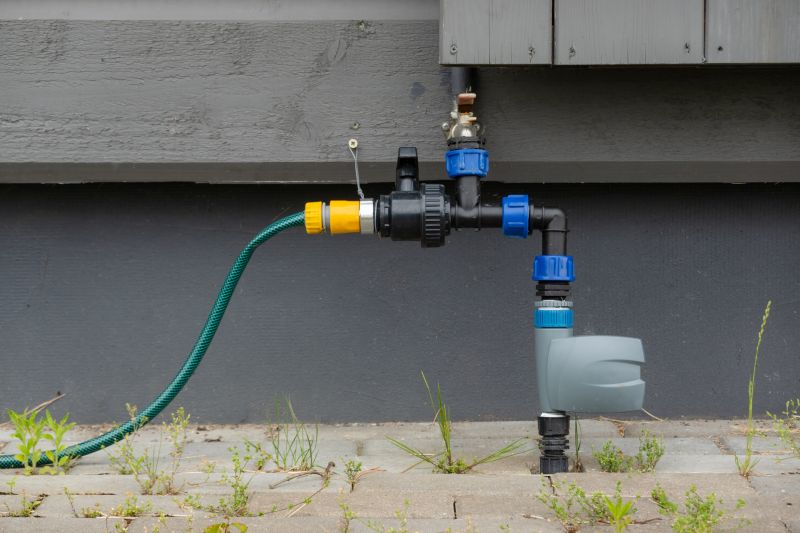
Ways to make Irrigation Winterizations work in tight or awkward layouts.
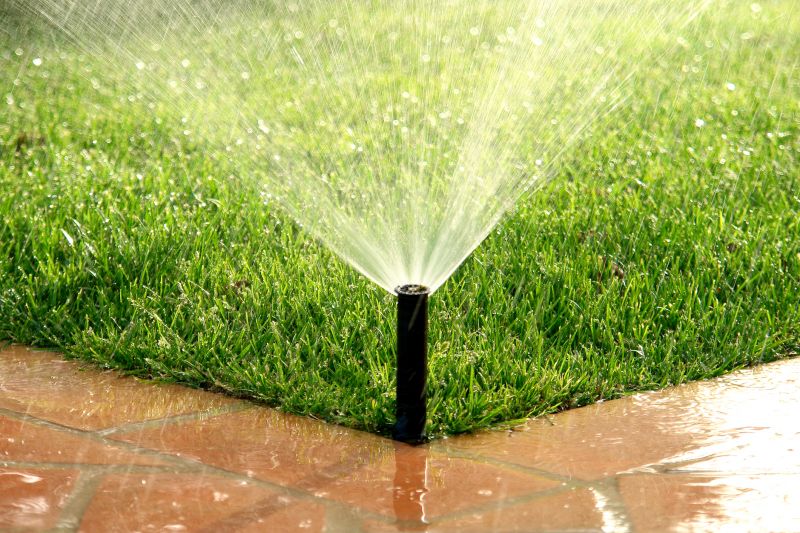
Popular materials for Irrigation Winterizations and why they hold up over time.
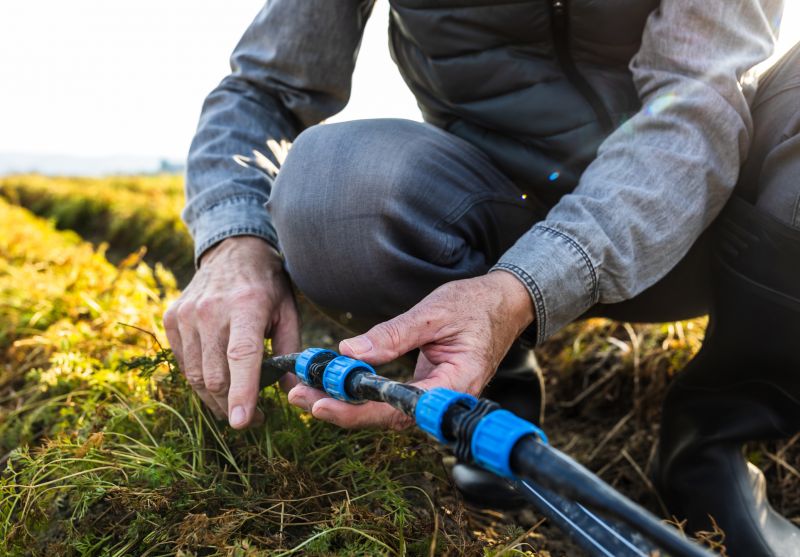
Simple add-ons that improve Irrigation Winterizations without blowing the budget.
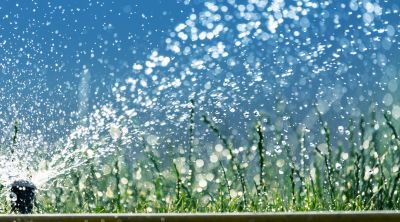
High-end options that actually feel worth it for Irrigation Winterizations.
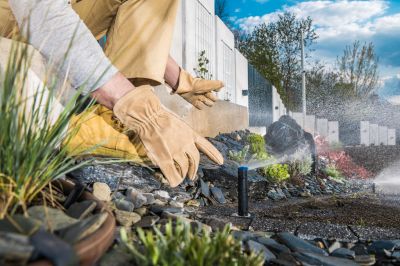
Finishes and colors that play nicely with Irrigation Winterizations.
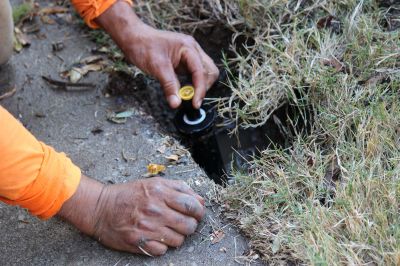
Little measurements that prevent headaches on Irrigation Winterizations day.
Irrigation winterizations involve draining and blowing out water from sprinkler systems to prevent freezing and pipe bursts. Properly timed winterizations can extend the lifespan of irrigation components and reduce costly repairs. Statistics indicate that systems not winterized properly are more prone to damage, leading to increased maintenance expenses in the following seasons.

A 60-second routine that keeps Irrigation Winterizations looking new.
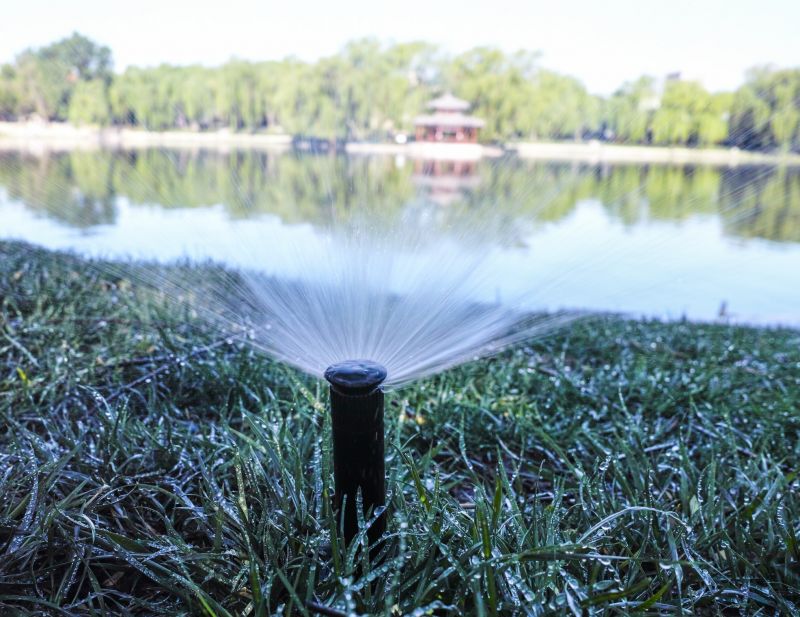
A frequent mistake in Irrigation Winterizations and how to dodge it.

Small tweaks to make Irrigation Winterizations safer and easier to use.
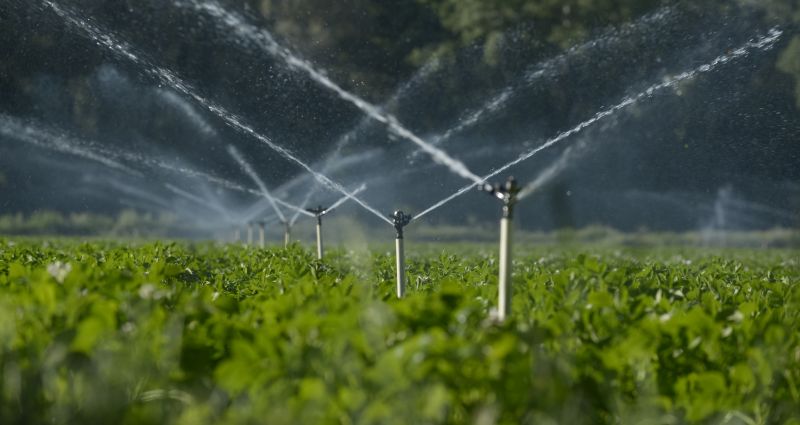
Lower-waste or water-saving choices for Irrigation Winterizations.
| Region | Recommended Timing |
|---|---|
| Northern Regions | Late September to October |
| Mid-Temperate Regions | October to early November |
| Southern Regions | November to December |
| High Altitude Areas | September to October |
| Coastal Areas | October to November |
| Inland Areas | October to November |
| Areas with early frosts | Early October |
Choosing the appropriate time for irrigation winterizations helps prevent system damage and ensures readiness for the colder months. Monitoring local weather forecasts and soil temperatures can aid in determining the ideal timing for winterization activities.
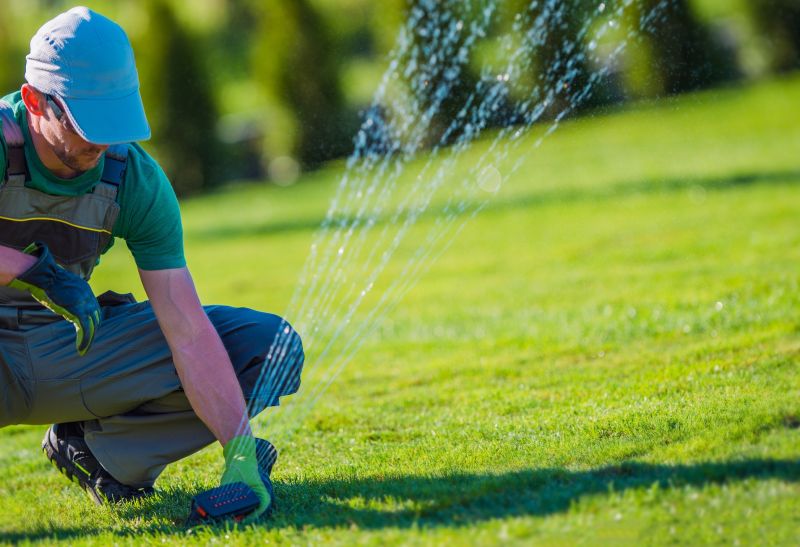
The short, realistic tool list for quality Irrigation Winterizations.
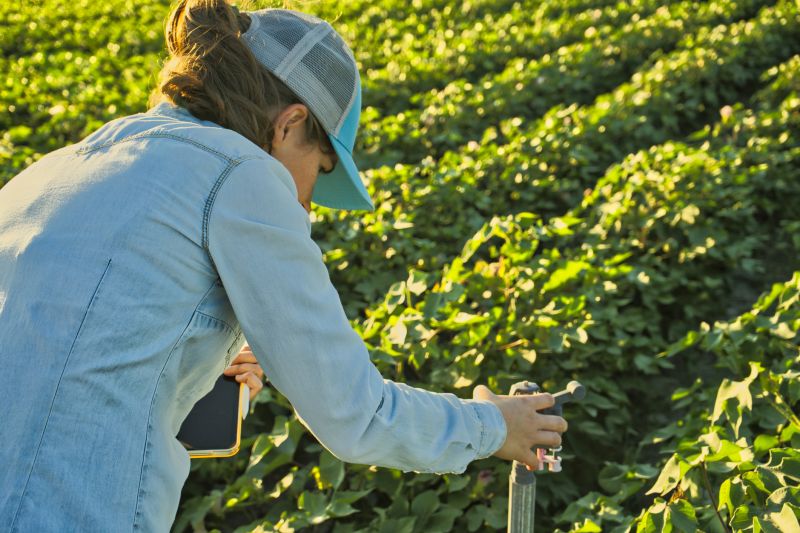
Rough timing from prep to clean-up for Irrigation Winterizations.
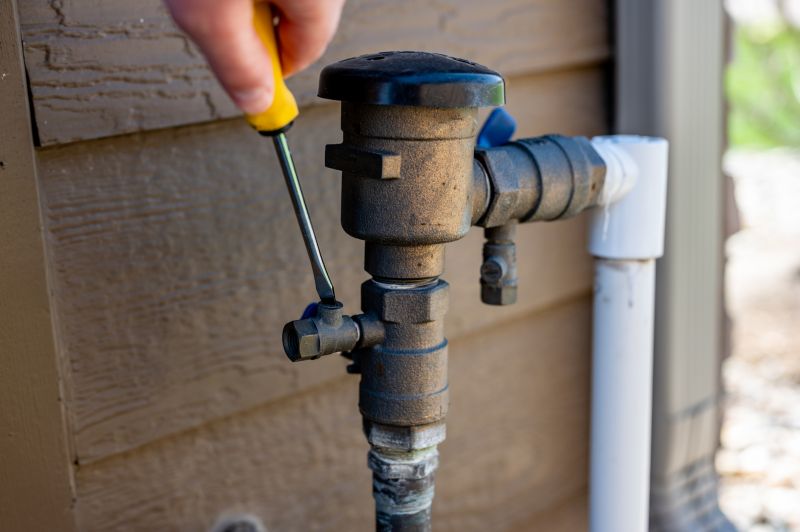
Quick checks and paperwork to keep after Irrigation Winterizations.
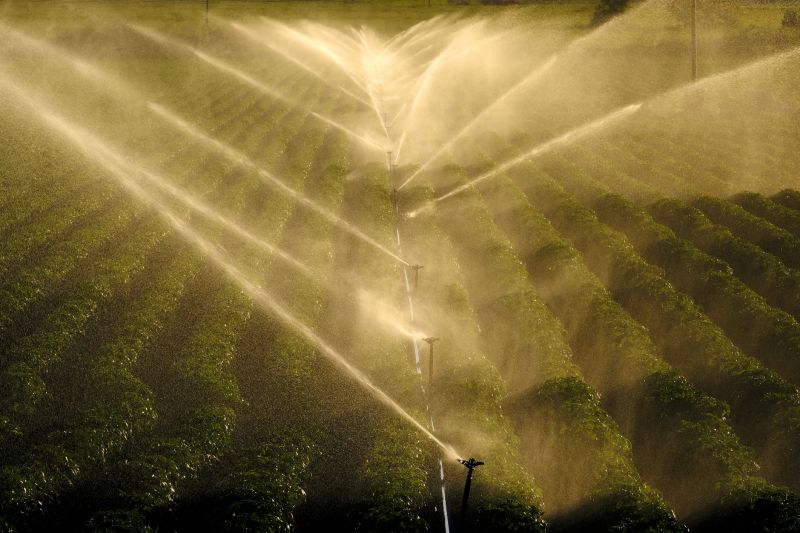
Examples that show the impact a good Irrigation Winterizations can make.
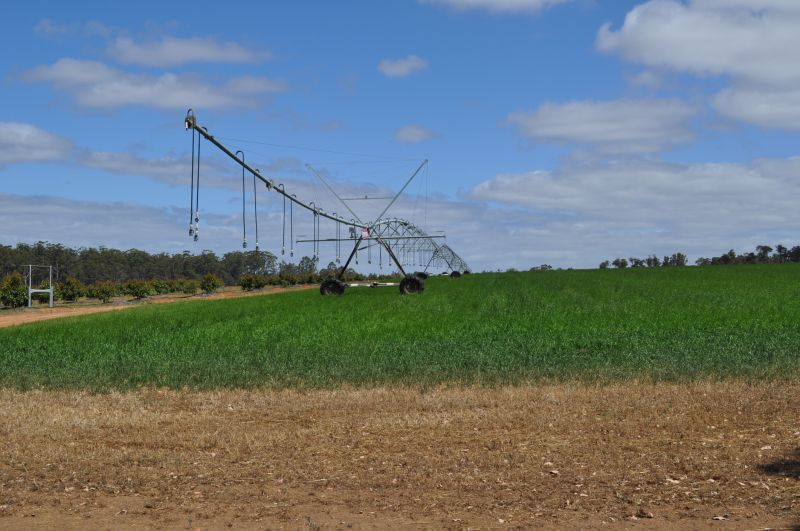
Ways to make Irrigation Winterizations work in tight or awkward layouts.
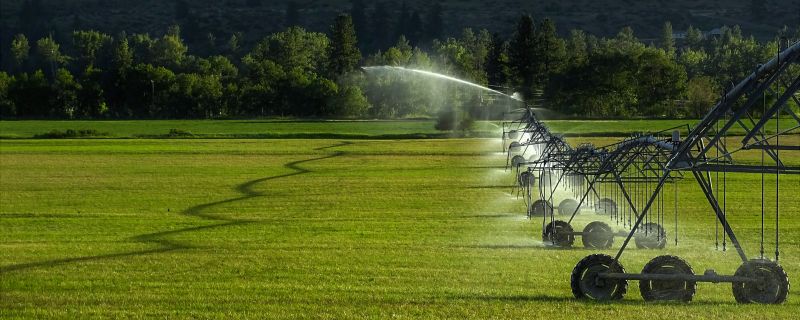
Ways to make Irrigation Winterizations work in tight or awkward layouts.
Interested parties can contact for more information or to schedule irrigation winterizations. Proper timing and execution help maintain system integrity and reduce repair costs during the cold season.



